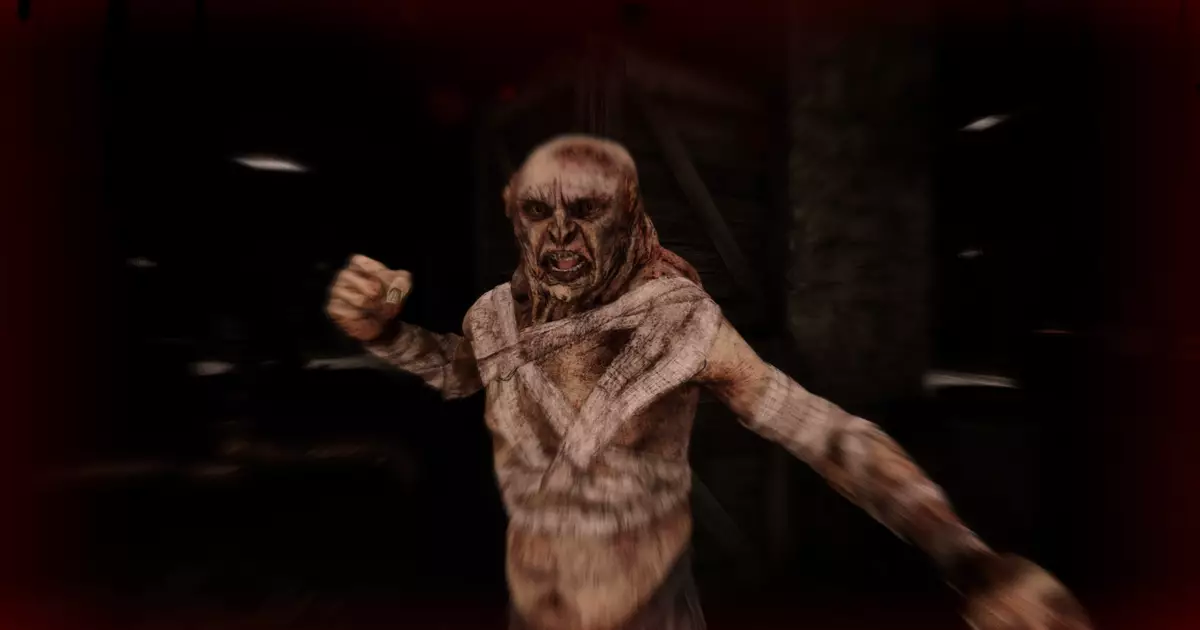In the realm of immersive gaming, the concept of artificial life, or A-Life, has always been an ambitious goal. S.T.A.L.K.E.R. 2: Heart of Chornobyl aims to encapsulate this ideal within its open-world design. For those unfamiliar, A-Life refers to the sophisticated simulation of non-playable characters (NPCs)—it embodies the game’s promise to create a world where the inhabitants behave unpredictably and organically, giving players a palpable sense that life continues around them regardless of their actions. Unfortunately, initial reviews suggested that this ambitious feature fell short at launch, prompting discontent among players looking for a vibrant ecosystem.
The recent update seems focused on turning the tide. GSC Game World has acknowledged the hiccups experienced during the rollout and is endeavoring to fix the gaps in A-Life. Early criticisms highlighted issues such as NPCs materializing too closely to the player’s viewpoint, which severed the illusion of a living world. With the new overhaul, characters will no longer reappear in front of players once they’ve been neutralized, addressing a major flaw in the original experience. This is a significant leap toward crafting a more immersive and engaging Zone—players now can engage with a living environment that doesn’t revolve solely around their presence.
Enhancing Gameplay: New Features and Additions
Updates to S.T.A.L.K.E.R. 2 extend beyond just the A-Life system, implementing a host of enhancements designed to enrich the overall gameplay experience. Among these additions is the “Water Electric Tornado,” a new anomaly that promises to challenge players in unique ways. This feature alone can redefine encounters and provide unexpected twists, despite its somewhat barren name suggesting limited novelty.
Additionally, the integration of mod support through Steam Workshop and Mod.io will undoubtedly breathe new life into the game community. The ability for players to develop their content encourages creativity, fostering a vibrant ecosystem of user-generated content that can significantly extend the game’s longevity.
The inclusion of new firearms, like the Three-Line Rifle and the Kora handgun, raises the stakes in combat scenarios, providing fresh options for players to approach their engagements. In survival games, weapon variety can greatly affect tactics and gameplay styles, and this update appears to encourage players to explore more diverse combat strategies.
Quality of Life Improvements: A Step in the Right Direction
GSC Game World has done well to recognize and address pressing user experience needs in this update. For instance, the expansion of the player stash window and the introduction of a “Fix all” button in the upgrade menu demonstrate a clear commitment to improving accessibility and streamlining gameplay mechanics. These kinds of small yet impactful enhancements show that developers are not just focusing on the grandiose features but also paying great attention to the finer details that affect daily play.
Moreover, adjustments to the visualization range evince a desire for continuity in the game’s environment. Increasing the distance at which characters become visible negates the distracting “pop-in” effect that can detract from immersion and realism. When combined with relevant animations and equipped weapons, these refinements create a smoother and more believable experience, allowing players to feel like they are genuinely traversing a living world.
A Promising Future for S.T.A.L.K.E.R. 2
This massive update seems to clear a path for S.T.A.L.K.E.R. 2 to realize its ultimate potential. By prioritizing player feedback and continually refining key systems, GSC Game World demonstrates a readiness to adapt and evolve. While many might argue that they should have hit these marks before launch, it’s better late than never.
In an era where gamers demand immersive experiences, the commitment to enhancing A-Life is not just an improvement but a necessary corrective to ensure longevity and relevance in a crowded market. As S.T.A.L.K.E.R. 2 continues to unfold, the warm reception of these updates could signal a burgeoning renaissance for the Zone, potentially captivating a new generation of players and crafting a legacy that pays homage to its storied predecessor. The future is bright, indeed, as long as the developers remain attentive to the heartbeat of their community and the narrative that unfolds around the flickering campfires of the Zone.

